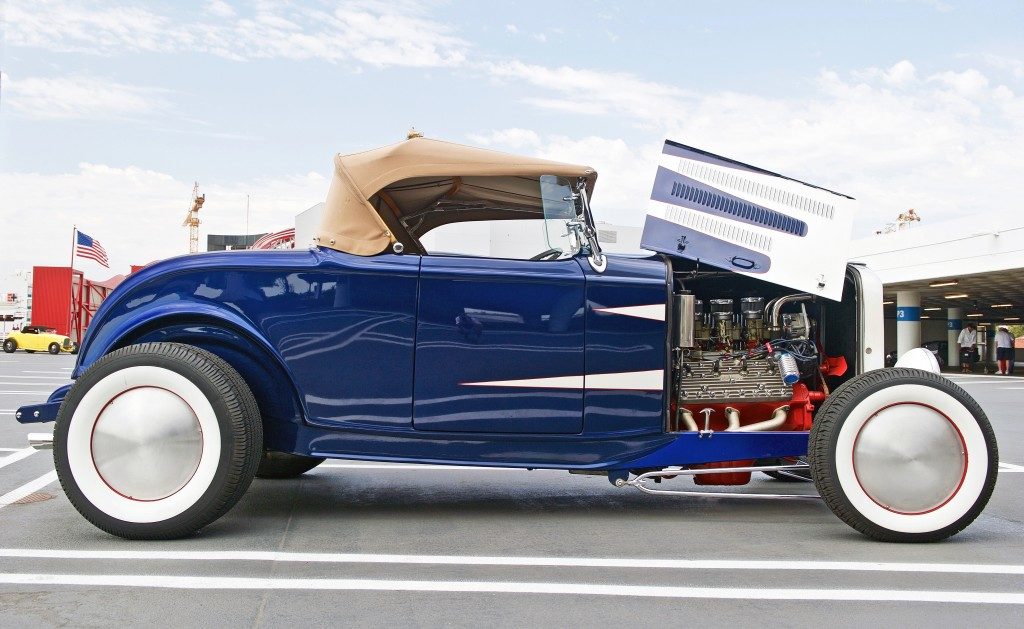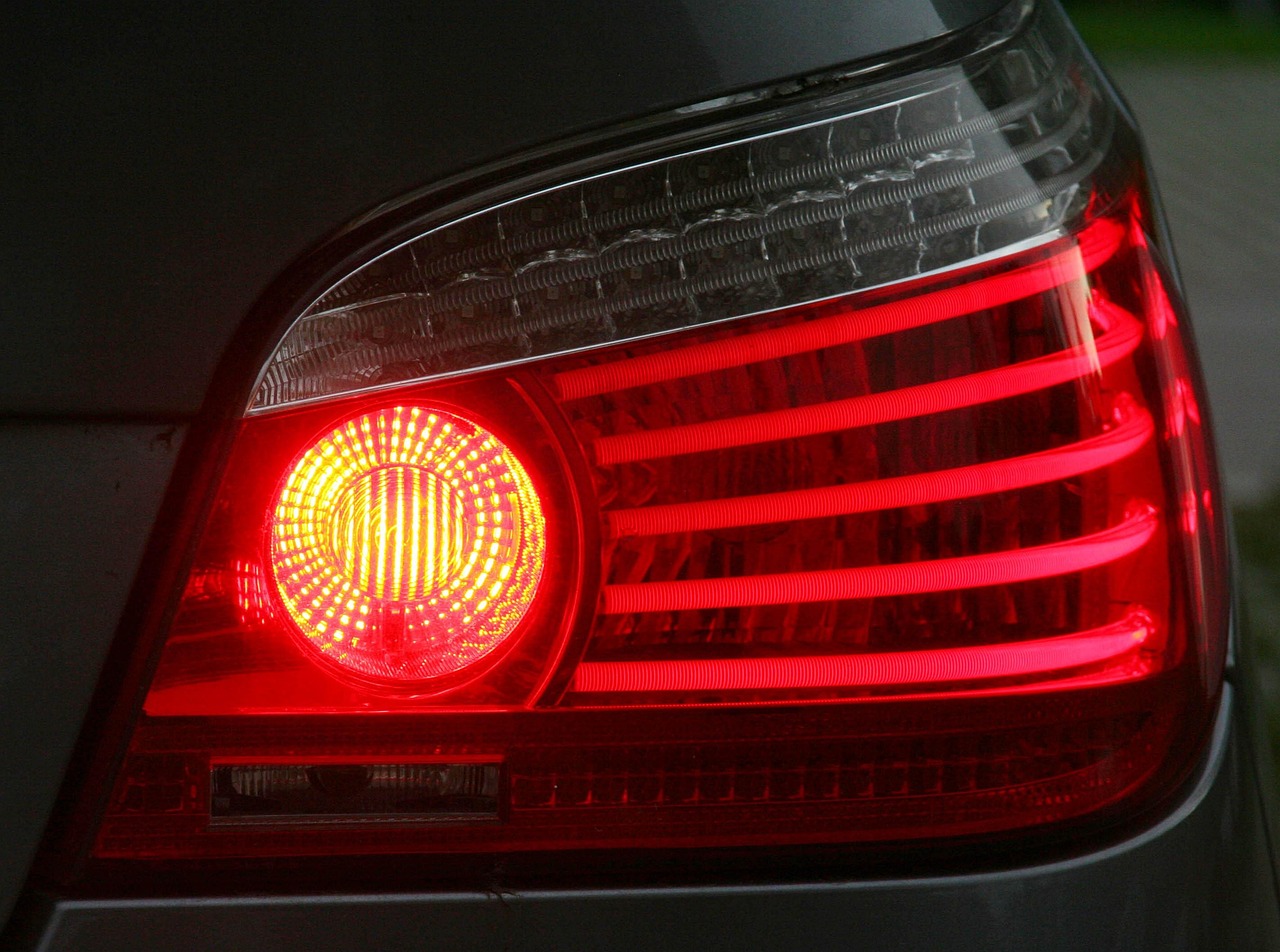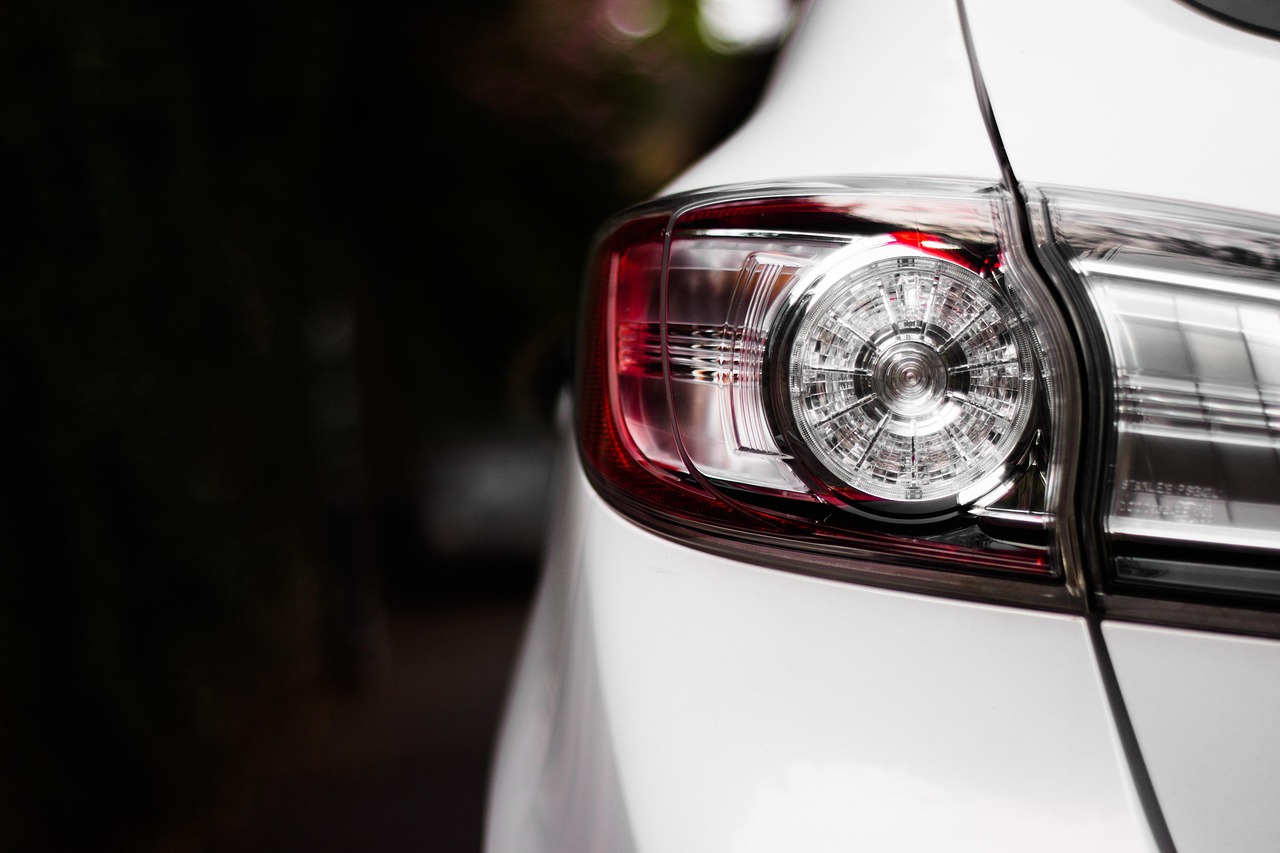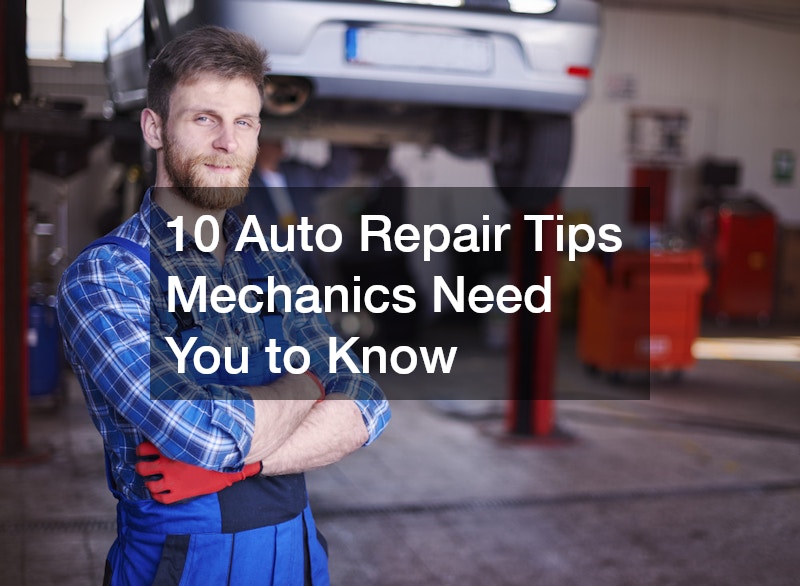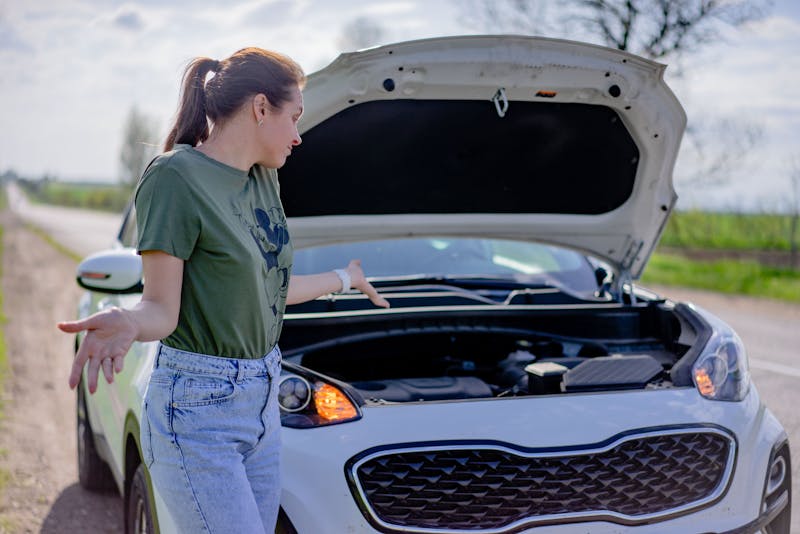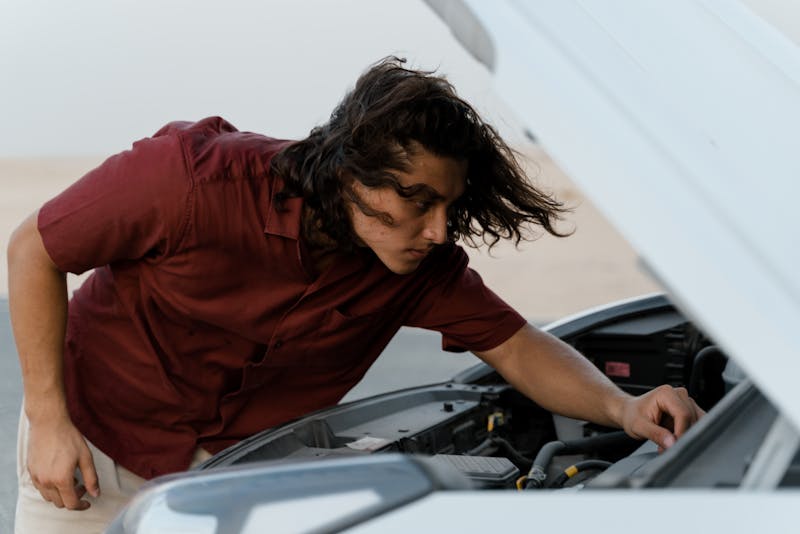Each method of applying paint has advantages as well as drawbacks. There are also special considerations that need to be addressed when using a particular way of applying paint, such as logistical, technical, and financial concerns. Find out the differences between each method and which one could be perfect for you by reading on!
Dipping
Larger body shops or manufacturers mostly use dipping. The method requires dipping the entire body of a car into a tub of paint. This is mainly done to coat a piece or a whole body entirely. One common application is to apply the primer and other base layers before the finished surface. This process requires machinery that isn’t available to everyone. For smaller shops and DIY projects, it’s more practical use is for applying protective coatings.
Brushing
As the name suggests, paint is applied to a surface using a brush. Brushing is one of the least common methods in automotive painting. It is only reserved for specific purposes, such as:
- Applying paint or protective coatings to hard-to-reach areas
- Touch-ups
- Fine detailing work
Using the incorrect brush will also ruin the surface that you want to work with.
Spray method
Spraying is the most common method in automotive painting, with high-volume, low-pressure (HVLP) spray guns as the ideal tools for this method. And it’s famous for a reason—you get three benefits in using HVLP:
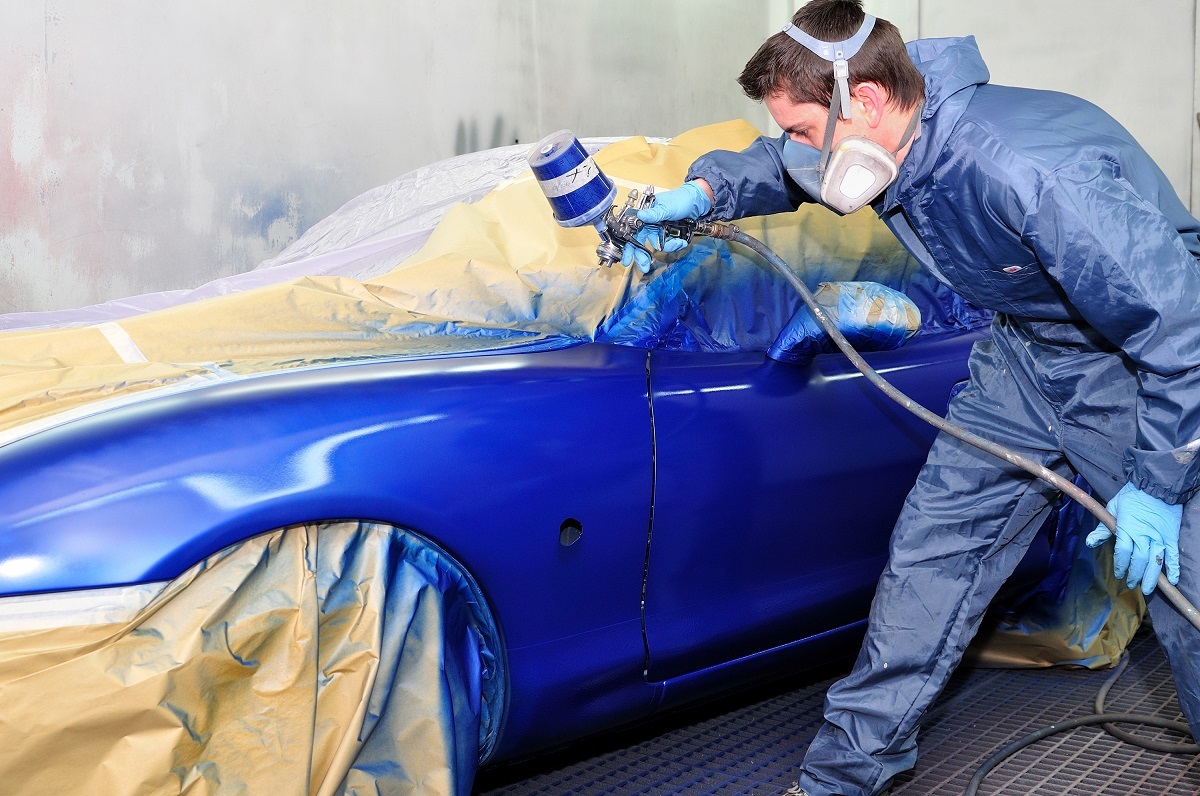
HVLP guns have less overspray. Overspray is a phenomenon where excess paint accumulates on a surface after being sprayed. HVLP guns spray in a manner that prevents the unwanted accumulation of paint, meaning they can get the job done while using less paint. Getting off excess paint is a long and delicate process that involves solvents and specialized tools. But with HVLP guns, professionals will only spend less time than they usually would.
Better transfer efficiency. “Transfer efficiency” is a term that refers to how much paint sticks to a surface when shot out of a spray gun. High-pressure guns will cause more paint to bounce off the surface. Since HVLP works on LOW pressure, less paint bounces back, and more paint sticks.
Reduced health hazard. When a spray gun shoots paint, a cloud of microscopic droplets is released into the air. While specialized breathing systems are used by professionals to avoid breathing in these droplets, residual particles are still a considerable concern. HVLP guns shoot less paint than high-pressure guns do, which means fewer leftover particles and a safer working environment for you and your professional staff.
Auto shops also feature car-painting services like high-quality auto spray booths that can safely and efficiently paint vehicles, from big trucks to small cars. They are something worth trying if you do not have the time to do things yourself.
In the end, you should remember that painting your car does not have to be tedious or stressful. For auto shop or home DIY projects, always remember to use the right tools and methods to get the job done safely and efficiently. Seek the help of professionals if you feel unsure.

